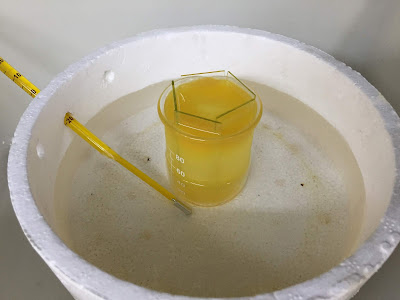Last April 2019, I wrote a project for a postdoctoral stay at IFUAP. This stay will be founded by PRODEP-SEP. The goal is to reinforce the photovoltaic area developing thin-film solar cells based on novel materials. The application specifies a 3-month deadline for a response (late July). However, when the deadline arrives, IFUAP said that this response can spend up to 5-months with no compromise. Therefore, this project can not be started.
All of this is happening due to political reason. When the Mexican government changes most of the funds for public scientific research were frozen until politics trace the new route of investment. Somebodies say that it is due to a re-structure of the funds, but nobody can deny the collateral damage. There are a lot of unemployed people who were founded by Conacyt during their master or a Ph.D. degree.
No matter this situation, I embraced the risk and moved to Puebla City. Here I have been able to meet the researcher, its infrastructure, and the surroundings. BUAP is the Autonomous University of Puebla one of the best of this city. After three weeks, I have been able to assist the weekly seminars (open to the public), interact with bachelors and Ph.D. Students. When I saw for the first time the main IFUAP building, I could understand that the university is in a current expansion. They are building its Rectoria Tower. I'll expect a positive response from IFUAP to be able to do science within collaboration with their specialist.
Meanwhile, let's discover the history of Puebla located in their museums. And of course, prepare a short manual for solar cells design using SCAPS-1D software.
Fig 1: IFUAP - Institute of physics - BUAP (Puebla)
Fig 2: Profile measurements of thin films (co-work and training)









